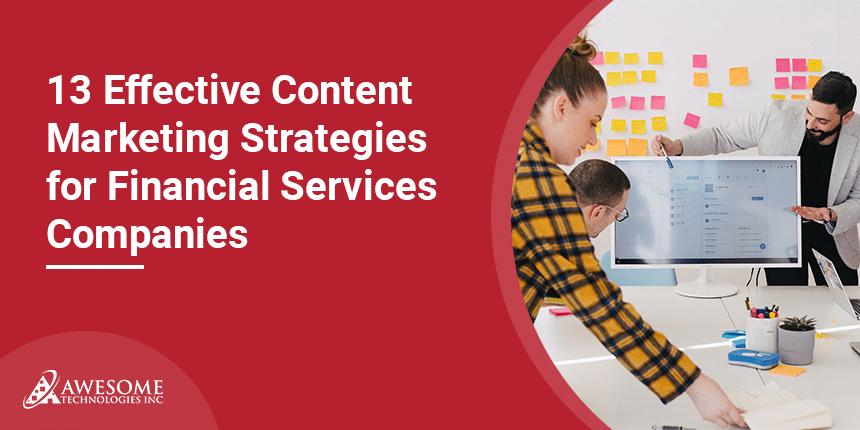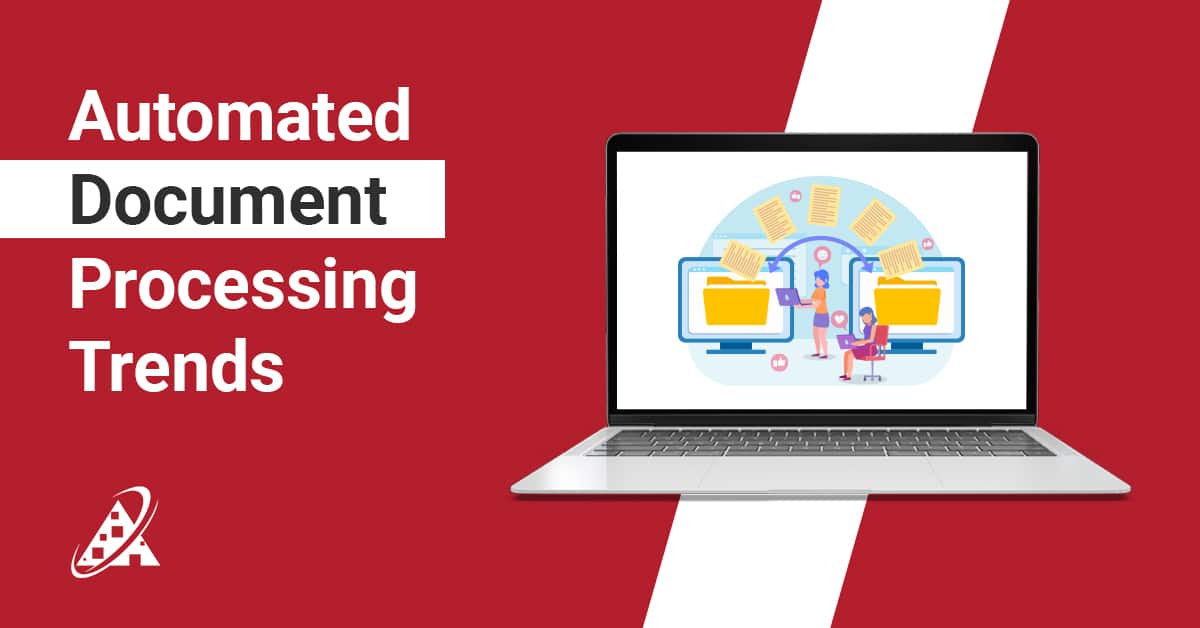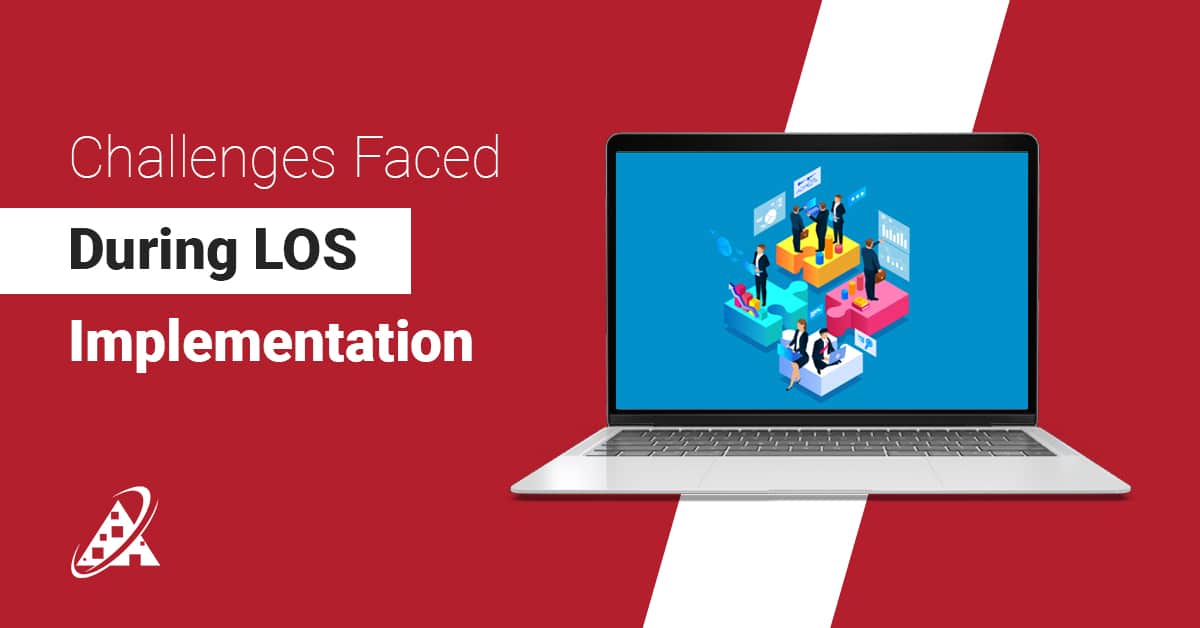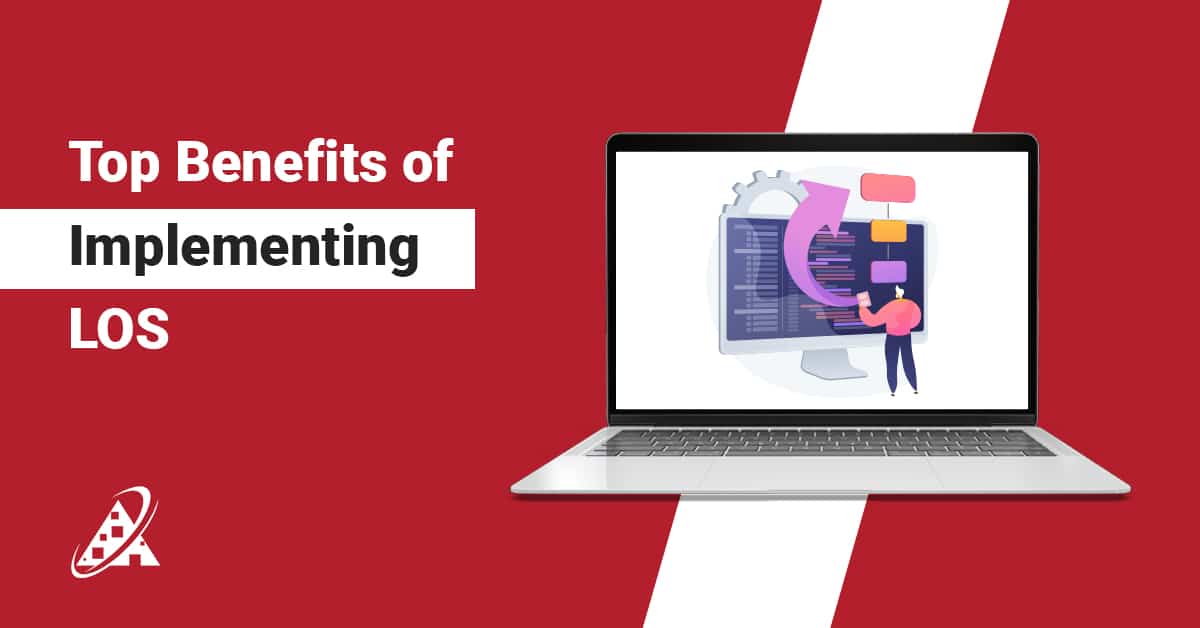In today’s digital financial landscape, providing valuable and reliable content is key. Whether you’re a bank, an insurance company, or a fintech, we’ll help you navigate the world of content marketing, offering insights and strategies to boost your brand and engage your audience effectively. Join us to discover how content marketing can drive your financial services business forward.
- Defining Financial Content Marketing
- The Significance of Content Marketing in Finance
- Targeted Financial Sectors for Content Marketing
- Crafting a Financial Content Marketing Strategy
- Initiating Your Financial Content Marketing Journey
- Diverse Content Formats in Financial Marketing
- Benefits of Content Marketing in Financial Services
- 13 Tips to Start Financial Content Marketing
What is Content Marketing in Financial Services?
Content marketing in the financial services industry involves creating and sharing valuable, informative, and relevant content to attract and engage a target audience, typically with the goal of building trust, providing education, and ultimately promoting financial products or services.
The primary objectives of content marketing in the financial services sector include:
Enhancing Brand Awareness: Content marketing enables financial institutions to boost their brand visibility and recognition in the market. Consistently producing valuable content helps them reach a broader audience and establish their presence.
Educating Audiences: The financial industry can be complex and filled with jargon. Content marketing aims to simplify and clarify financial concepts, investment strategies, and other relevant subjects in a manner that is easily understandable for clients and prospects. This educational content empowers individuals to make well-informed financial decisions.
Delivering Value: Content marketing endeavors to offer value to the audience. This can be expert advice, insights, tips, or solutions to common financial challenges. By providing valuable information, financial institutions can position themselves as trusted sources of knowledge.
Driving Business Growth: Ultimately, the primary objective of content marketing in the finance sector is to foster business growth. By building trust with the audience, showcasing their expertise, and highlighting the benefits of their products and services, financial organizations can convert engaged readers into clients and customers.
The Significance of Content Marketing in Finance
Content marketing holds significant importance in the financial sector for several reasons:
- Digitalization of Customer Experiences: The financial industry, like many others, has witnessed a significant shift towards digitalization. Customers increasingly rely on online resources and digital platforms for their financial needs, from banking to investment. As a result, financial institutions must adapt to this digital landscape to stay relevant and competitive.
- Building Trust and Credibility: Trust is extremely important in the financial services industry. Clients and customers must be confident in the institutions they engage with, as they often make critical financial decisions. Content marketing offers a means to build and reinforce this trust. By providing valuable, accurate, and reliable information, financial organizations can establish themselves as trusted sources of knowledge and expertise.
- Educating and Empowering Clients: Finance can be a complex and intimidating field for many individuals. Content marketing allows financial institutions to simplify and explain financial concepts, investment strategies, and the implications of various financial products. This educational aspect empowers clients to make informed decisions, which is especially important in an industry where choices can have significant financial consequences.
- Connecting with Customers: Content marketing enables financial institutions to connect with their customers personally. By providing informative and valuable content, institutions can engage with clients in ways that go beyond just sales or transactions. This personal connection can lead to stronger and longer-lasting client relationships.
- Differentiation and Competitive Advantage: In a crowded financial marketplace, institutions that excel in content marketing can set themselves apart from the competition. A well-executed content strategy not only builds trust but also differentiates a financial organization as an industry leader and innovator.
- Lead Generation and Conversion: Content marketing can serve as an effective lead generation tool. Engaged readers are more likely to become clients or customers. By addressing the pain points and questions of potential clients through content, financial organizations can attract and convert prospects.
Targeted Financial Sectors for Content Marketing
Content marketing is a versatile and effective strategy that can benefit various financial companies across various sectors, including banks, asset management firms, fintech companies, mortgage lenders, real estate agencies, and insurance firms. Here’s how each of these entities can leverage content marketing to their advantage:
- Banks:
Banks can use content marketing to establish themselves as trusted financial advisors. They can create blog posts, videos, and infographics that explain complex financial concepts in a simple, user-friendly manner. Content can cover topics like personal finance, investing, saving for retirement, and home buying. Banks can highlight their products and services through content, demonstrating how they can solve customers’ financial challenges.
- Asset Management Firms:
Asset management firms can produce thought leadership content that showcases their expertise in investing and wealth management. This can include whitepapers, market analysis reports, and investment strategy webinars. They can also provide educational content on various investment options and retirement planning, which can help build trust and attract investors.
- Fintech Companies:
Fintech companies can use content marketing to educate their target audience about the benefits and features of their digital solutions. Blog posts and explainer videos can help potential users understand how their technology works and case studies can demonstrate real-world success stories. Additionally, fintech companies can produce content about financial trends, allowing them to position themselves as industry thought leaders.
- Mortgage Lenders:
Mortgage lenders can create content that guides potential homebuyers through the mortgage application process. Blog posts, calculators, and video tutorials can explain mortgage types, down payment options, and how to improve credit scores. Sharing local real estate market insights can also engage potential borrowers and position the lender as a knowledgeable resource.
- Real Estate Agencies:
Real estate agencies can leverage content marketing to showcase property listings through high-quality photos, videos, and virtual tours. Blog content can include tips for homebuyers and sellers, market trends, and local community guides. This content can attract prospective buyers and sellers, demonstrating the agency’s expertise and local knowledge.
- Insurance Firms:
Insurance firms can use content marketing to educate consumers about the importance of insurance and the types of coverage available. Blog posts, articles, and videos can provide insights into various insurance products, risk management, and how to file claims. Creating content that addresses common customer questions and concerns can also enhance customer satisfaction.
In addition to these sector-specific strategies, all financial companies can benefit from the following content marketing best practices:
- Consistency: Regularly update and publish content to keep the audience engaged.
- SEO Optimization: Use relevant keywords and optimize content for search engines to improve visibility.
- Audience Segmentation: Tailor content to different target audience segments within your customer base.
- Social Media Promotion: Share content across social media platforms to increase reach.
- Email Marketing: Email campaigns deliver valuable content directly to customers and prospects.
Effective content marketing can help financial companies build trust, attract and retain customers, and establish themselves as authorities in their respective fields.
Crafting a Financial Content Marketing Strategy
A financial content marketing strategy is a comprehensive plan that outlines how a financial company intends to use online materials to achieve its marketing and business goals. Here’s a more detailed explanation of what a financial content marketing strategy entails:
- Digital Plan: A content marketing strategy focuses on the digital landscape, where the company will create, distribute, and promote content through various online channels. This includes the company’s website, social media platforms, email marketing, and more.
- Sharing Industry-Specific Financial Knowledge: The strategy revolves around sharing industry-specific knowledge related to finance. This knowledge can cover a wide range of topics, from explaining financial products and investment strategies to addressing common financial challenges and concerns.
- Solving Customer Problems: One of the primary objectives of a financial content marketing strategy is to solve customer problems. This involves creating content that addresses common questions, concerns, and pain points customers may have regarding their finances.
- Alignment with KPIs: A well-defined strategy should align with specific Key Performance Indicators (KPIs). These KPIs could include metrics like website traffic, engagement rates, lead generation, conversion rates, and more. By tying the strategy to measurable KPIs, the company can track its performance and make data-driven adjustments.
- Overarching Business Objectives: The content marketing strategy should also align with the broader business objectives of the financial company. These objectives may include increasing customer acquisition, retaining existing clients, building brand awareness, and ultimately driving revenue and business growth.
- Target Audience: The strategy should clearly define the target audience or customer segments. Understanding the needs, preferences, and pain points of the audience is crucial for creating content that resonates with them.
- Content Calendar: The strategy should outline a content calendar that specifies when and how often content will be published. Consistency in content creation and distribution is key to success.
- Content Formats and Channels: It should define the types of content to be created (e.g., blog posts, white papers, videos, infographics) and the channels through which this content will be distributed.
- Content Creation and Distribution Plan: The strategy should detail how content will be created, by whom, and how it will be distributed and promoted. This may involve in-house content creation, outsourcing, or partnerships with content providers.
- Budget and Resources: The strategy should allocate resources and budget for content marketing activities, including hiring content creators, investing in tools and technology, and promoting content through paid channels.
- Measurement and Analytics: The strategy should specify the tools and methods for measuring the performance of the content marketing efforts. Regular analysis of data helps in refining the strategy and optimizing content for better results.
Initiating Your Financial Content Marketing Journey
Getting started with financial content marketing involves several essential steps to ensure a well-planned and effective strategy. Here are the key elements to consider when embarking on a financial content marketing journey:
- Create Customer Personas
Customer personas are detailed profiles that represent your ideal target audience. To create personas, gather data and insights about your current customers, conduct surveys, and conduct interviews. Understand their demographics, preferences, pain points, and financial goals. These personas will help you tailor your content to the specific needs and interests of your audience.
- Conduct a Content Audit
A content audit involves evaluating your existing content to assess its performance and relevance. This step helps you identify what content has resonated with your audience and what has not. Consider factors like website traffic, engagement metrics, and social sharing. The audit will highlight gaps in your content and provide insights into which topics are most interesting to your target demographic.
- Outsource Content Development
Decide whether you will create all your content in-house or outsource some content development. Outsourcing can help you access high-quality content regularly, particularly if you have resource constraints or need specialized expertise. You can partner with content licensing companies that offer pre-created content from reputable sources that can be integrated into your marketing materials.
By completing these initial steps, you’ll be better prepared to develop a content marketing strategy that is well-informed and tailored to the needs and interests of your target audience.
These steps ensure that you have a clear understanding of who you are creating content for, what content assets you already have, and how to source additional content efficiently. This foundational work is essential for a successful financial content marketing strategy.
Diverse Content Formats in Financial Marketing
In financial content marketing, a variety of content formats can be employed to engage with the target audience. The choice of content type often depends on the audience’s preferences, the stage of the buyer’s journey, and the specific goals of the marketing strategy. Here are some common types of content used in financial content marketing:
- White Papers: White papers are in-depth, authoritative reports that provide detailed information and analysis on a specific financial topic. They are typically used to educate and inform a more advanced or research-oriented audience.
- Ebooks: Ebooks are longer-form content resources that can be downloaded or accessed digitally. They are often used to provide comprehensive information on financial subjects, making them suitable for educating and engaging potential clients.
- Podcasts: Podcasts are audio content pieces that can cover a wide range of financial topics. They offer the advantage of auditory engagement, making them ideal for on-the-go or multitasking audiences.
- Blog Posts: Blog posts are short to medium-length articles that can cover a broad spectrum of financial topics. They are versatile and can address specific questions, offer insights, and provide updates or news.
- Webinars: Webinars are live or pre-recorded online seminars or presentations. They are interactive and allow for real-time engagement with the audience. Webinars are particularly effective for educating clients or prospects on complex financial subjects.
- Video: Video content can take various forms, including explainer videos, tutorials, client testimonials, and market updates. Video is highly engaging and can simplify complex financial concepts through visual and auditory elements.
- Infographics: Infographics are visual representations of data or information. They are effective for simplifying complex financial data and making it more accessible and understandable. Infographics are often shared on social media platforms.
The choice of content format should align with the preferences of your target audience and the specific goals of your content marketing strategy. Different formats are suitable for various stages of the buyer’s journey. For example, white papers and webinars may be better for educating prospects, while blog posts and infographics can be used for engaging a wider audience or providing quick insights. A diversified content strategy incorporating various formats can help maximize your reach and effectiveness in financial content marketing.
Benefits of Content Marketing for Financial Services
Content marketing provides numerous benefits for financial services organizations, which is critical in a digital age where customer engagement and trust are key. Here are the key benefits of content marketing for financial services:
- Enhance Brand Visibility: Content marketing elevates your brand’s presence, particularly in an era where digital engagement and trust are pivotal. Crafting a strategic content strategy can effectively boost brand recognition where it matters most.
- Sustain Ongoing User Engagement: Besides educating your target audience, content marketing fosters lasting relationships with your current clients by offering them valuable insights to make informed decisions.
- Address and Alleviate Customer Concerns: By tackling customer pain points through informative content, your organization demonstrates an understanding of and commitment to resolving financial challenges, fostering trust.
- Cultivate Trust: Sharing customer testimonials and videos, for instance, can amplify trust and encourage meaningful interactions. It’s imperative to convey to customers that you are a dependable source of information for their financial decisions.
- Connect Authentically with Customers: Content marketing enables you to engage potential clients by removing overtly sales-driven language frequently employed in sales pitches. Substituting it with informative, non-promotional content proves more beneficial.
- Tailor Messages Precisely: Instead of deploying broad, generic advertisements, content marketing empowers you to customize your messages, deliver personalized content, and establish more effective connections with your intended audience.
- Reach New Generations: Younger demographics, such as millennials, consume information differently and have distinct financial needs and concerns. Content marketing allows you to adapt your messaging and outreach to accommodate this evolving audience.
- Distinguish Your Brand from Competitors: Supplying engaging and valuable content sets you apart from rivals, attracting more potential clients and expanding your market share.
- Generate Leads with Improved ROI: Content marketing serves as an efficient means of lead generation. Educational content guides prospective clients along their buyer’s journey, steering them toward the services and solutions you provide.
13 Tips to Start Financial Content Marketing
Getting started with financial content marketing can be a rewarding endeavor. Here are 13 tips to guide you in your journey:
- Build Trust with Educational Content
Provide credible, well-researched educational content to establish your brand as an expert in financial services. Content could include articles on investing, mortgage considerations, or saving strategies.
- Create FAQ Pages for Financial Advice
Address common financial questions and concerns through FAQ-style web content. Use client feedback and team insights to build a valuable resource for your audience.
- Showcase Financial News
Curate financial news, market updates, and in-depth analysis to stay current and give your audience valuable insights. This can be integrated into your blog or email strategy.
- Make Sure Your Financial Content Is Reliable
Ensure that your content is well-researched and consistent. Consider involving your in-house financial experts and possibly licensing articles from reputable publishers to enhance your content’s reliability.
- Don’t Ignore the In-Person Connection
In-person interactions remain essential in the financial industry. Your staff’s interactions should align with your content’s values and objectives. Frontline team members can also be a source of valuable content ideas.
- Leverage Thought Leadership
Whether from your internal team or licensed material, thought leadership content can boost trust and credibility. Decision-makers often find such content highly valuable and impactful.
- Don’t Be Afraid to Try Something New
Experiment with new content formats or strategies to discover what resonates best with your audience. This could include webinars, different email campaigns, or fresh landing page copy.
- Deliver Across Multiple Channels
Plan to distribute your content across various channels to maximize exposure. Multi-channel distribution allows for content repurposing and accommodates the diverse preferences of your audience.
- Develop Accessible Financial Information
Financial content can be complex. Use clear, concise language and consider visual aids like infographics to make content more accessible. Avoid jargon that may confuse readers.
- Use Interactive Content
Interactive content, like quizzes or calculators, can engage users effectively. Such content fosters a more personal connection and offers added value.
- Tell Short Stories
Storytelling is a powerful way to convey complex financial concepts in a relatable manner. Use stories to simplify intimidating data and make it more digestible for your audience.
- Offer Educational Webinars
Host webinars on various financial topics, providing a live and interactive platform for educating your audience. Webinars allow for real-time Q&A sessions and can be recorded for on-demand access.
- Provide Personal Finance Tools
Develop and offer online tools or calculators that help individuals with financial planning, budgeting, or investment decisions. These tools can be valuable resources for your audience and reinforce your commitment to their financial well-being.
Summing up
The financial industry is going digital, and it’s not just about making sales anymore. To succeed, financial institutions must use content marketing to gain their customers’ trust and keep them loyal. This means understanding what problems customers have and providing useful information to help them. Being honest and trustworthy is crucial. By combining insights from your team and quality content from well-known sources, you can create a strategy that gets results and keeps people interested. In this changing world, content marketing is a key way for financial companies to connect with customers, build trust, and thrive in the long run.
At ATI, we’re experts in serving financial institutions. We specialize in website development, custom software, and branding for the financial sector. Let us help your business thrive in the digital age. Contact us today to get started on your journey to success.











